Home>Interior Design>Can You Wash Memory Foam? 3 Expert Rules On Cleaning Foam
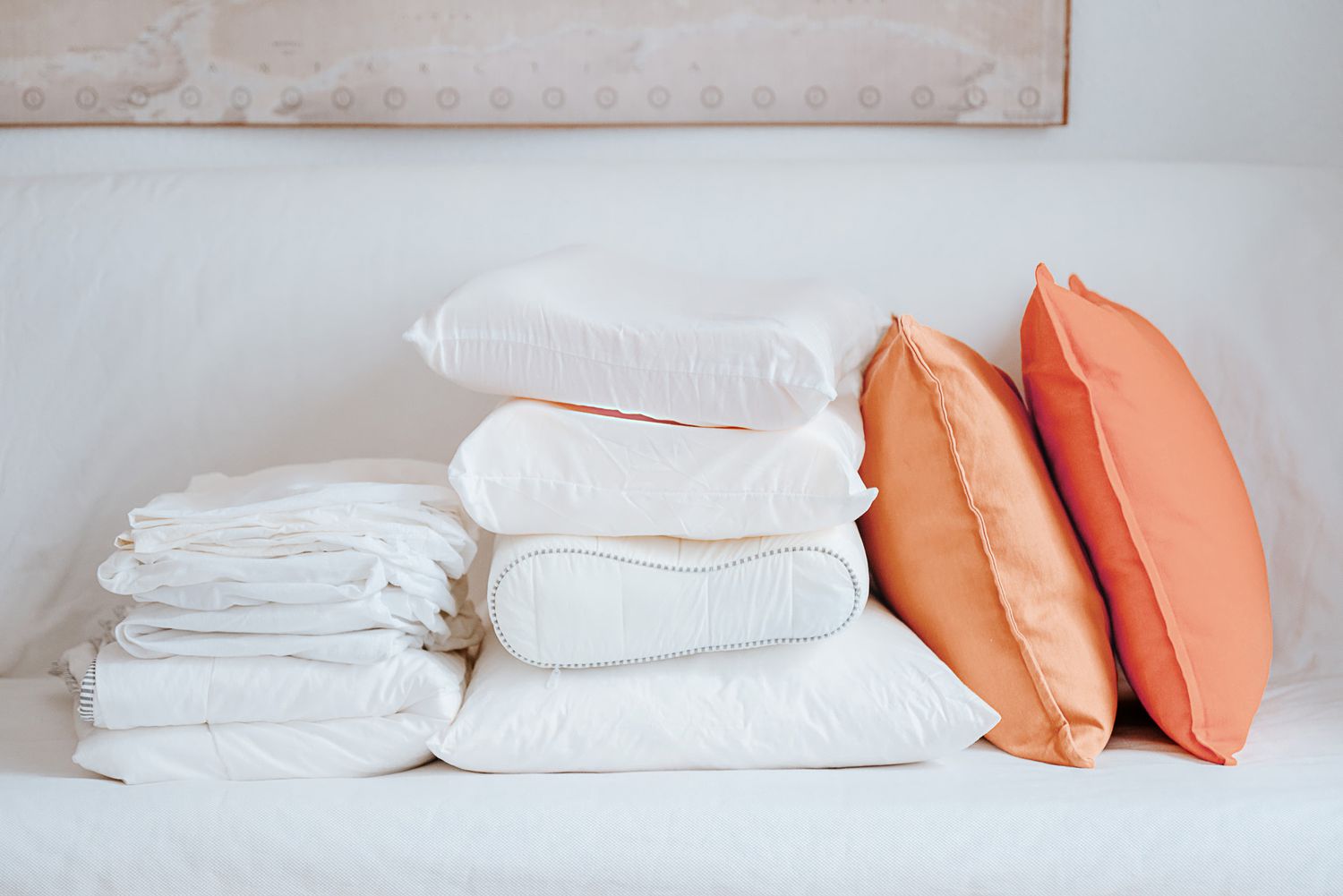

Interior Design
Can You Wash Memory Foam? 3 Expert Rules On Cleaning Foam
Modified: August 17, 2024
Learn the expert rules for cleaning memory foam to keep your interior design looking fresh. Discover how to wash memory foam effectively.
(Many of the links in this article redirect to a specific reviewed product. Your purchase of these products through affiliate links helps to generate commission for Storables.com, at no extra cost. Learn more)
Introduction
Memory foam has become a popular choice for mattresses, pillows, and furniture due to its exceptional comfort and support. However, when it comes to cleaning memory foam, many people are unsure about the best practices. Unlike traditional mattresses and pillows, memory foam requires special care to maintain its quality and longevity. In this article, we will explore three expert rules for cleaning memory foam, ensuring that you can keep your memory foam products fresh and hygienic without compromising their integrity.
Whether you’re dealing with a spill, stain, or just want to freshen up your memory foam items, following these expert guidelines will help you effectively clean and maintain your memory foam products. Let’s delve into the expert rules for cleaning memory foam and discover how to keep your beloved memory foam items in top condition.
Key Takeaways:
- Treat memory foam gently by using mild soap and avoiding vigorous scrubbing to maintain its quality and cleanliness.
- Avoid harsh chemicals and ensure proper drying time to prevent damage and maintain the freshness of memory foam products.
Read more: How To Clean Memory Foam Sandals
Rule 1: Use Gentle Cleaning Methods
When it comes to cleaning memory foam, it’s crucial to use gentle cleaning methods to avoid damaging the material. Memory foam is sensitive to harsh treatment, so opting for gentle cleaning techniques is essential for preserving its quality.
For regular maintenance, start by vacuuming the memory foam surface using a soft brush attachment. This will help remove dust, debris, and surface particles that may have accumulated over time. Gently run the vacuum over the memory foam, paying attention to seams and crevices where dirt may be trapped. Regular vacuuming can prevent the buildup of allergens and help keep your memory foam clean and fresh.
For spot cleaning, create a gentle cleaning solution by mixing a small amount of mild liquid soap or detergent with water. Using a soft, damp cloth, lightly dab the stained area with the cleaning solution. Avoid rubbing vigorously, as this can cause the stain to set further into the foam. Instead, use gentle, circular motions to lift the stain without saturating the memory foam.
Once the stain has been treated, use a clean, damp cloth to remove any soapy residue from the memory foam. It’s important to avoid oversaturating the foam, as excess moisture can lead to mold and mildew growth. After cleaning, allow the memory foam to air dry completely before using it again.
Remember, the key to cleaning memory foam effectively is to be gentle and patient. By using mild cleaning solutions and avoiding aggressive scrubbing, you can maintain the integrity of the memory foam while keeping it clean and stain-free.
Rule 2: Avoid Harsh Chemicals
When cleaning memory foam, it’s essential to steer clear of harsh chemicals that can compromise the material’s composition and structural integrity. Memory foam is a delicate material that can be easily damaged by the use of strong cleaning agents, such as bleach, ammonia, or other abrasive substances.
Instead, opt for mild, non-toxic cleaning solutions that are gentle on memory foam. A mixture of mild liquid soap or detergent with water is an effective and safe option for cleaning stains and spills on memory foam surfaces. This gentle solution can help lift stains without causing damage to the foam.
Additionally, it’s important to avoid using products that contain harsh solvents or alcohol, as these can break down the foam and cause it to deteriorate over time. Always check the labels of cleaning products to ensure they are safe for use on memory foam.
Furthermore, refrain from using steam cleaners on memory foam, as the high heat and moisture can be detrimental to the material. Excessive moisture can lead to mold and mildew growth within the foam, compromising its hygiene and structural integrity. Instead, stick to gentle spot-cleaning methods using minimal moisture to maintain the quality of the memory foam.
By avoiding harsh chemicals and opting for mild, non-toxic cleaning solutions, you can effectively clean and maintain memory foam without risking damage to the material. Prioritizing the use of gentle cleaning agents will help prolong the life of your memory foam products while keeping them fresh and clean.
To clean memory foam, spot clean with mild soap and water, then gently dab with a clean, damp cloth. Avoid soaking or machine washing to prevent damage.
Rule 3: Allow Proper Drying Time
After cleaning memory foam, it’s crucial to allow for proper drying time to ensure that the material is thoroughly dry before being put back into use. Memory foam is highly absorbent, and excess moisture can lead to mold, mildew, and unpleasant odors if not addressed promptly.
When spot-cleaning stains or spills on memory foam, it’s important to use minimal moisture and avoid oversaturating the material. After treating the stained area with a gentle cleaning solution, use a clean, damp cloth to remove any soapy residue from the foam. Following this, allow the memory foam to air dry naturally in a well-ventilated area.
Direct exposure to sunlight or heat sources should be avoided, as excessive heat can damage the memory foam. Instead, allow the foam to air dry at its own pace, ensuring that it is completely dry before returning it to use. This may take several hours, depending on the level of moisture introduced during the cleaning process.
If the memory foam item is removable, such as a pillow cover or mattress protector, it’s advisable to wash and dry it separately according to the manufacturer’s instructions. This can help prevent moisture from seeping into the memory foam itself, maintaining its cleanliness and integrity.
Proper drying time is essential for preventing the growth of mold and mildew within the memory foam, as well as maintaining its freshness and hygiene. By allowing memory foam to dry thoroughly after cleaning, you can ensure that it remains in top condition for years to come.
Conclusion
Keeping memory foam products clean and well-maintained is essential for preserving their comfort, longevity, and hygienic qualities. By following the expert rules for cleaning memory foam, you can effectively address stains, spills, and general maintenance while safeguarding the integrity of the material.
Using gentle cleaning methods, such as regular vacuuming and spot-cleaning with a mild soap solution, is crucial for preventing damage to memory foam. Avoiding harsh chemicals and opting for non-toxic cleaning agents will help preserve the material’s composition and structural integrity, ensuring that it remains in top condition.
Allowing for proper drying time after cleaning is equally important, as excess moisture can lead to mold, mildew, and odors within the memory foam. By air drying the foam thoroughly in a well-ventilated area, you can maintain its cleanliness and freshness while preventing potential issues associated with moisture retention.
By adhering to these expert rules, you can effectively clean and maintain your memory foam products, whether it’s a mattress, pillow, or furniture upholstery. Prioritizing the care and maintenance of memory foam will not only prolong the life of these items but also contribute to a healthier and more comfortable living environment.
Remember, the key to cleaning memory foam lies in gentle care, avoidance of harsh chemicals, and thorough drying. By incorporating these expert rules into your cleaning routine, you can enjoy the comfort and benefits of memory foam while ensuring that it remains in pristine condition for years to come.
Frequently Asked Questions about Can You Wash Memory Foam? 3 Expert Rules On Cleaning Foam
Was this page helpful?
At Storables.com, we guarantee accurate and reliable information. Our content, validated by Expert Board Contributors, is crafted following stringent Editorial Policies. We're committed to providing you with well-researched, expert-backed insights for all your informational needs.

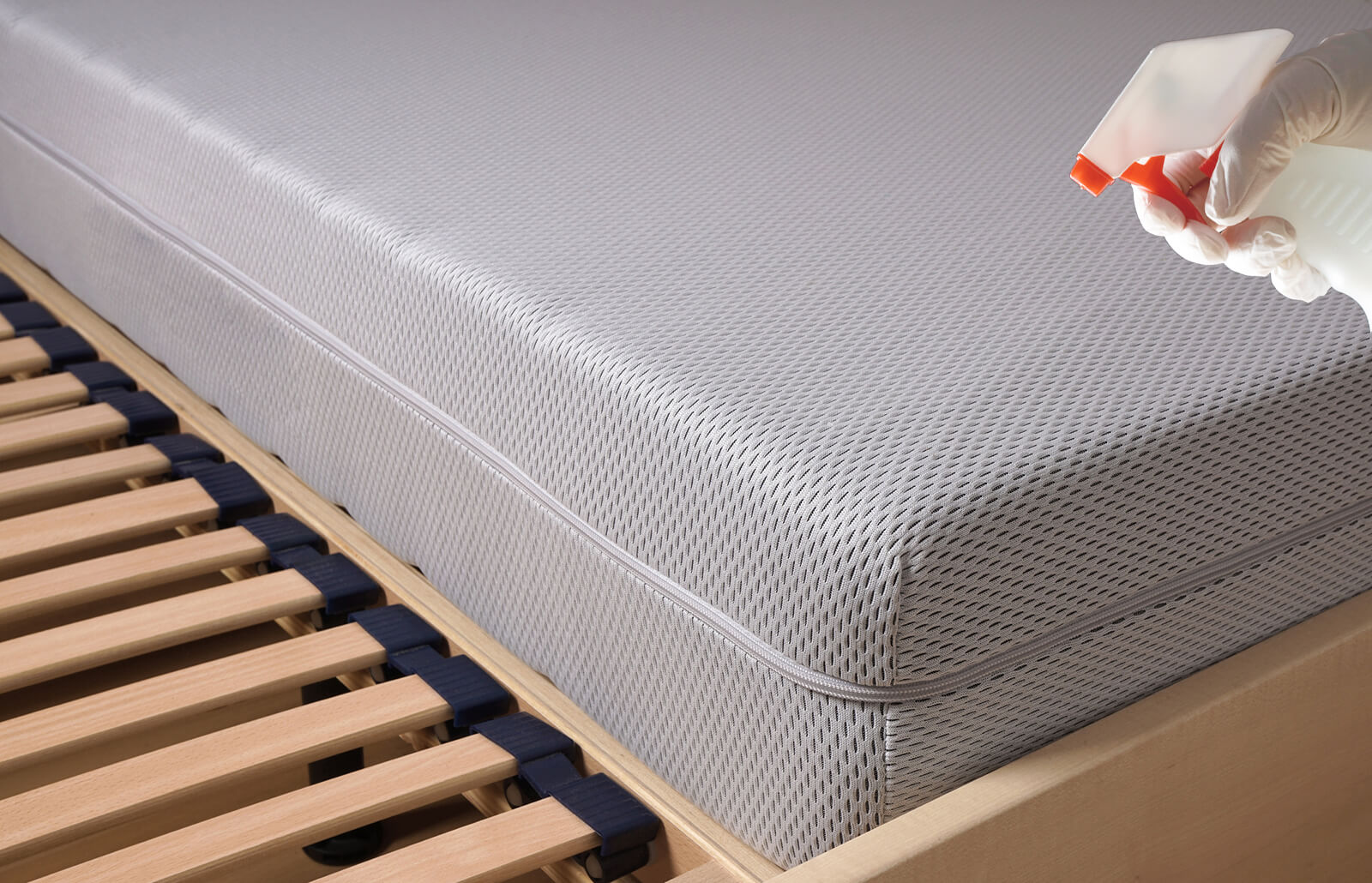
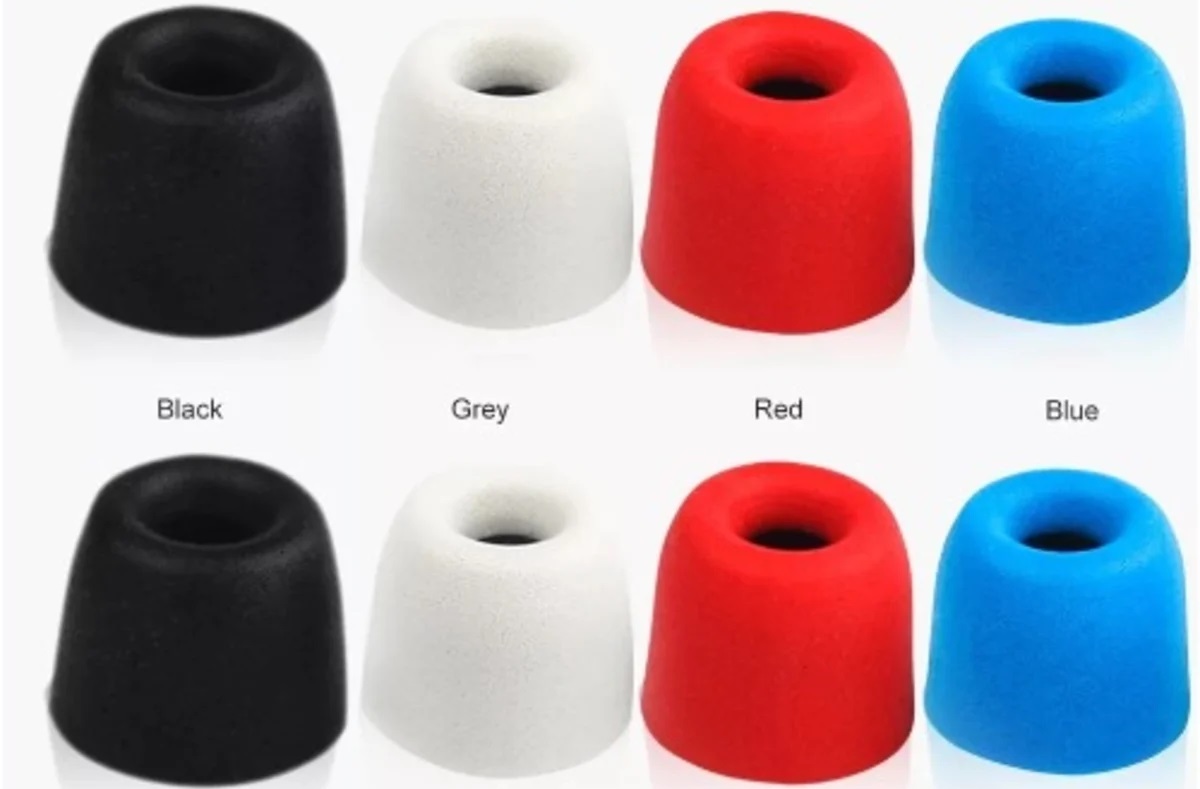
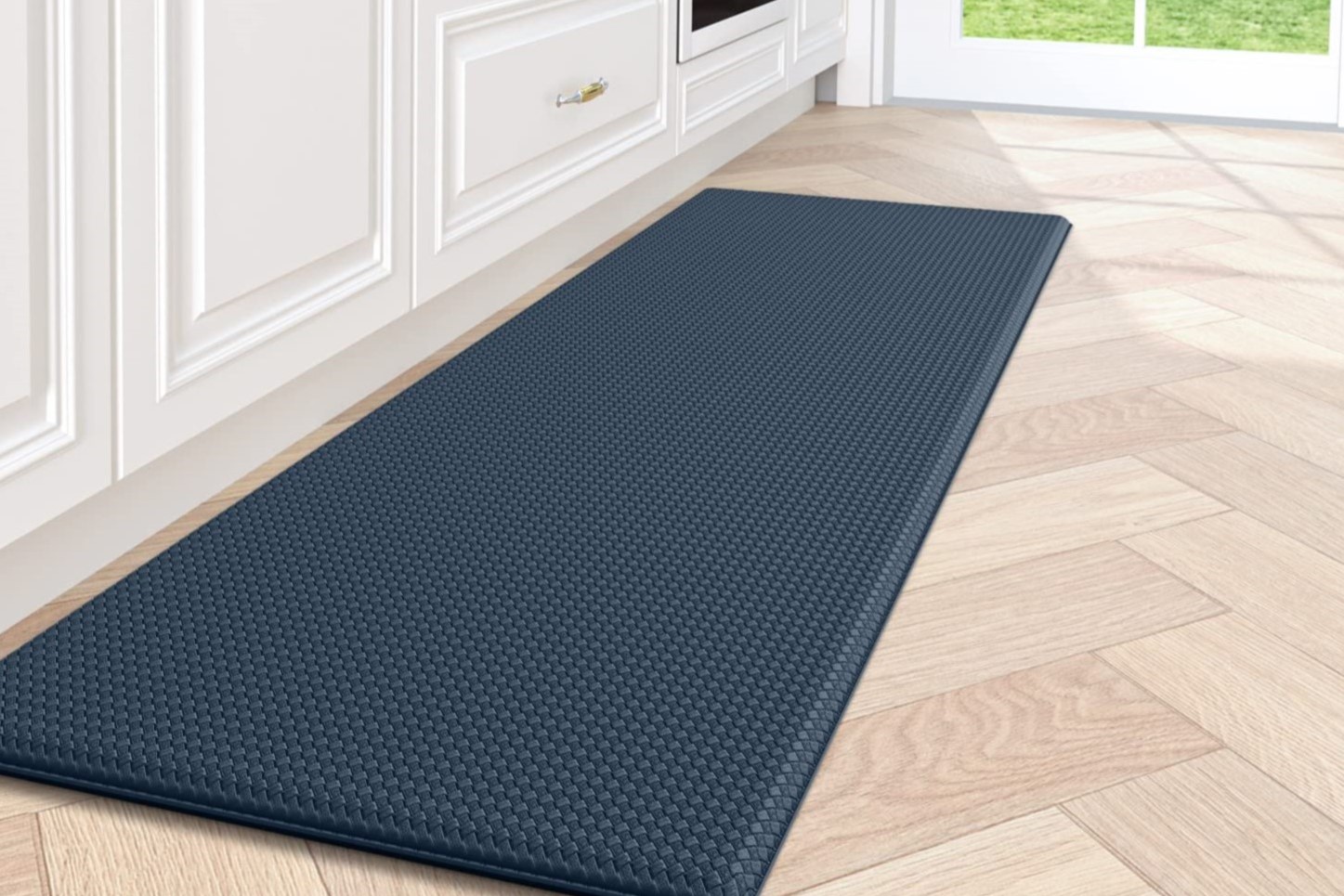

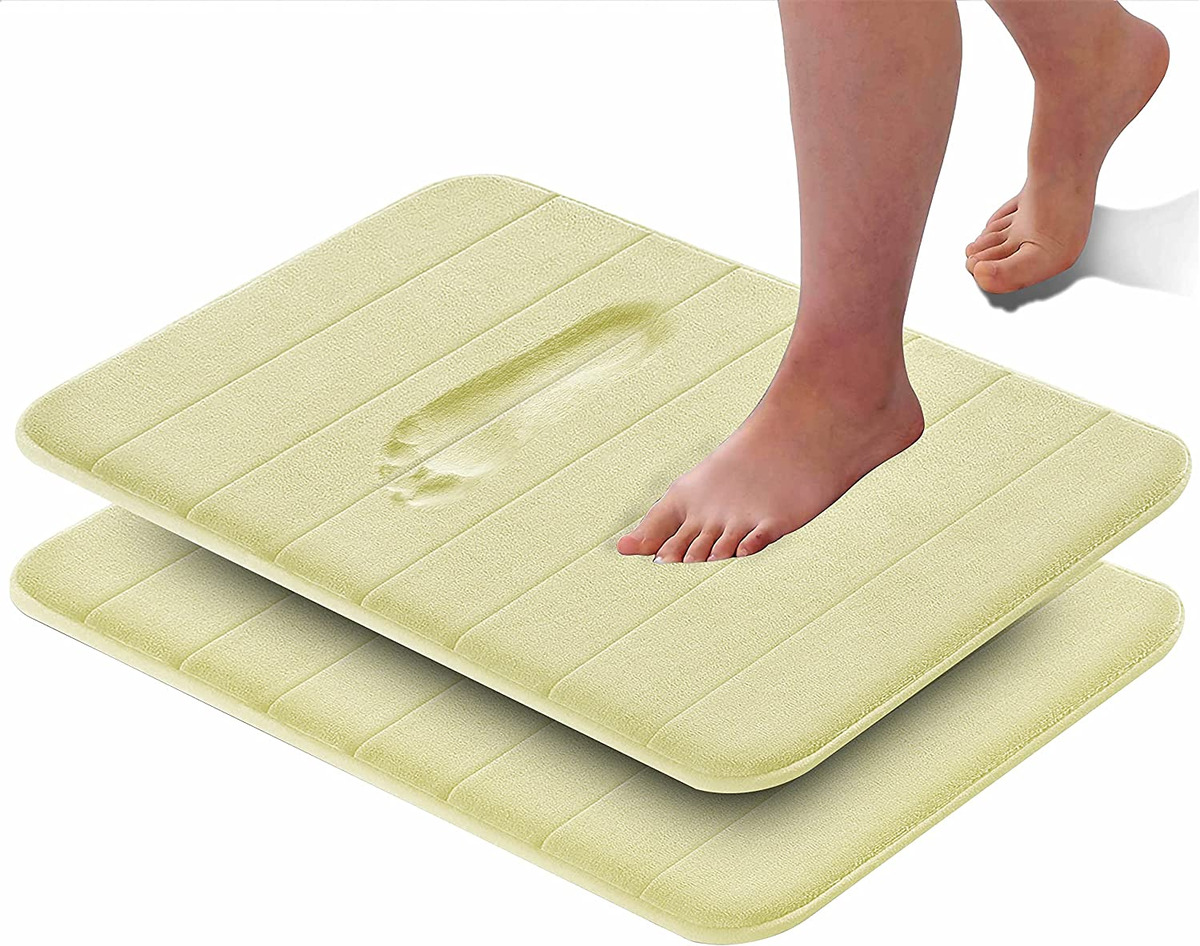


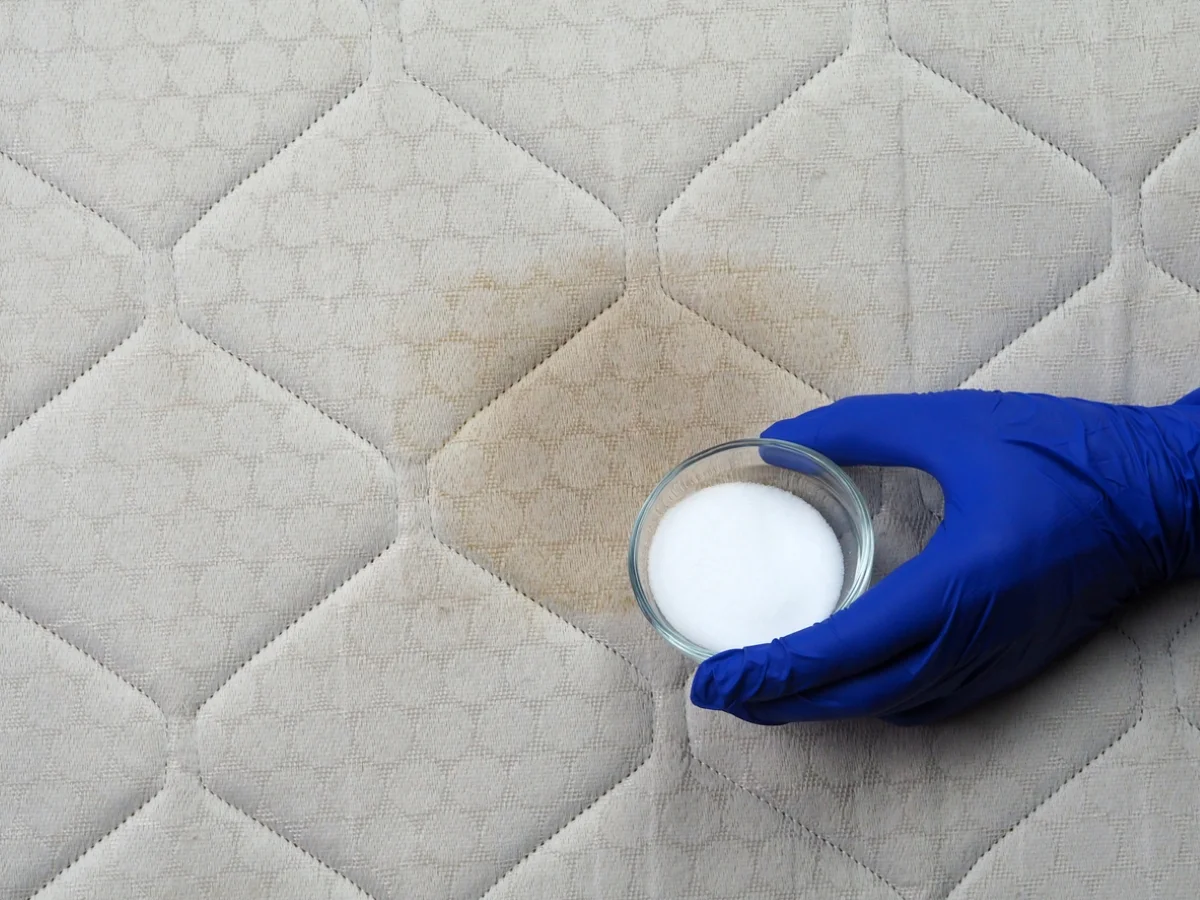
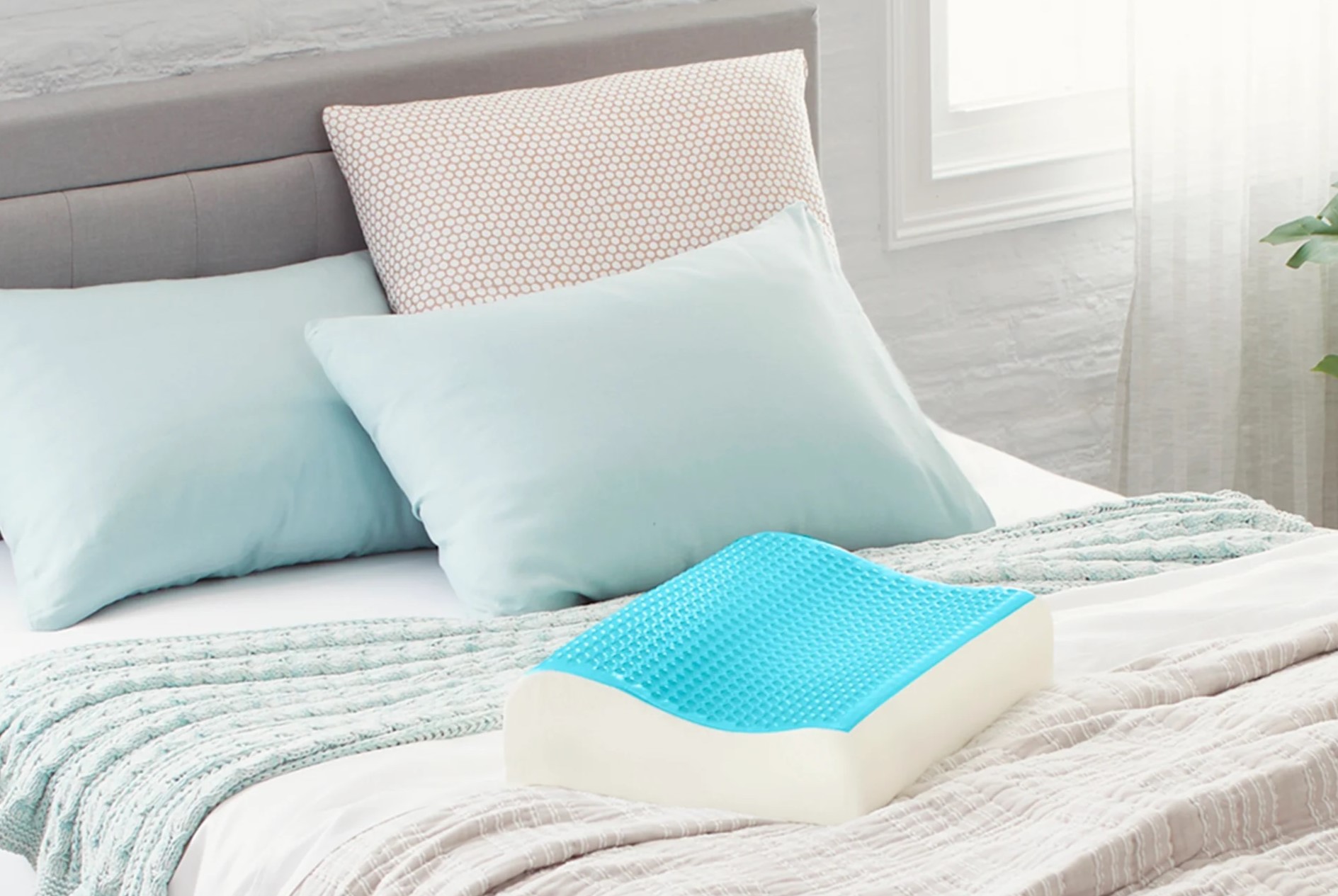

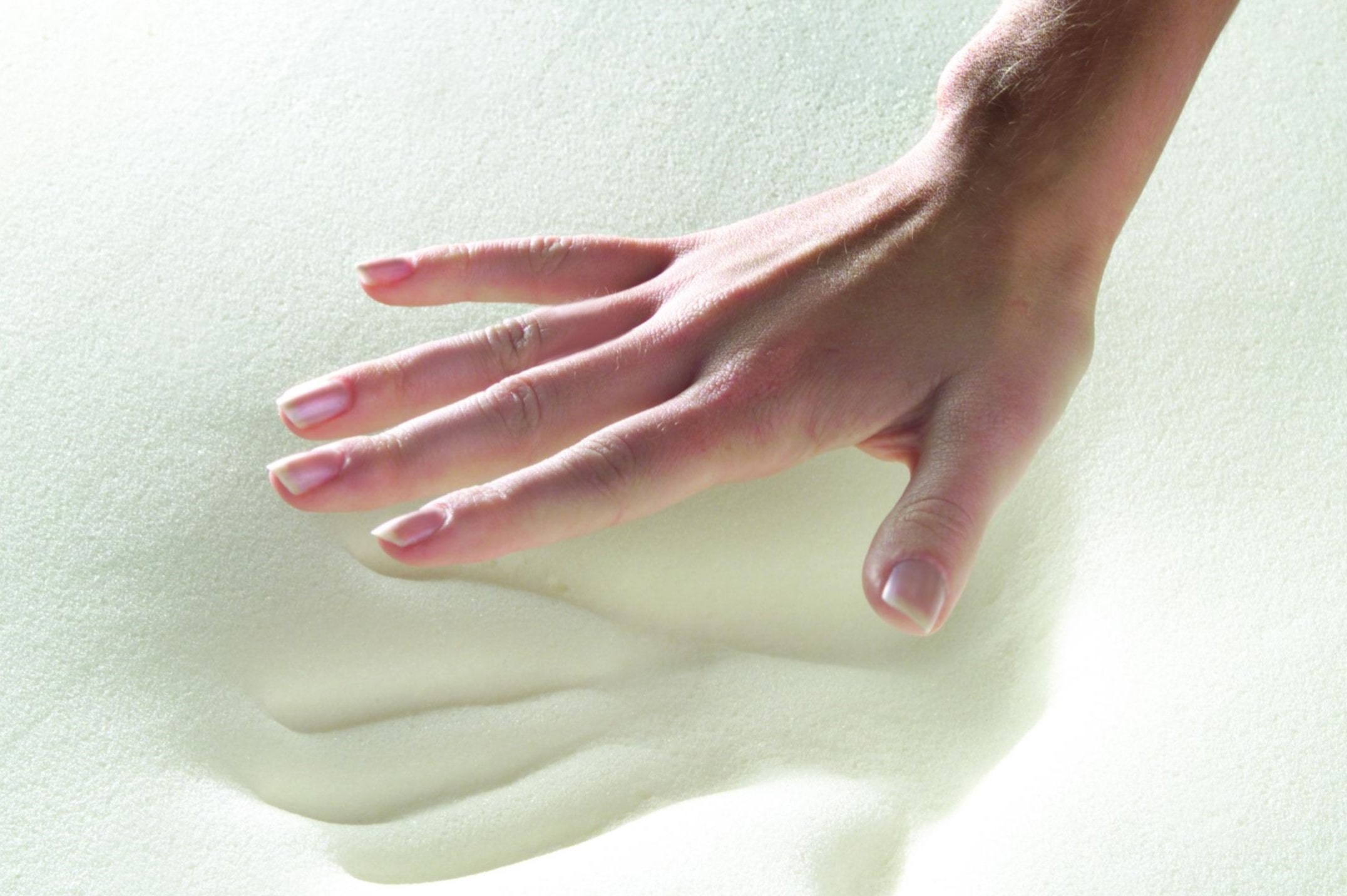

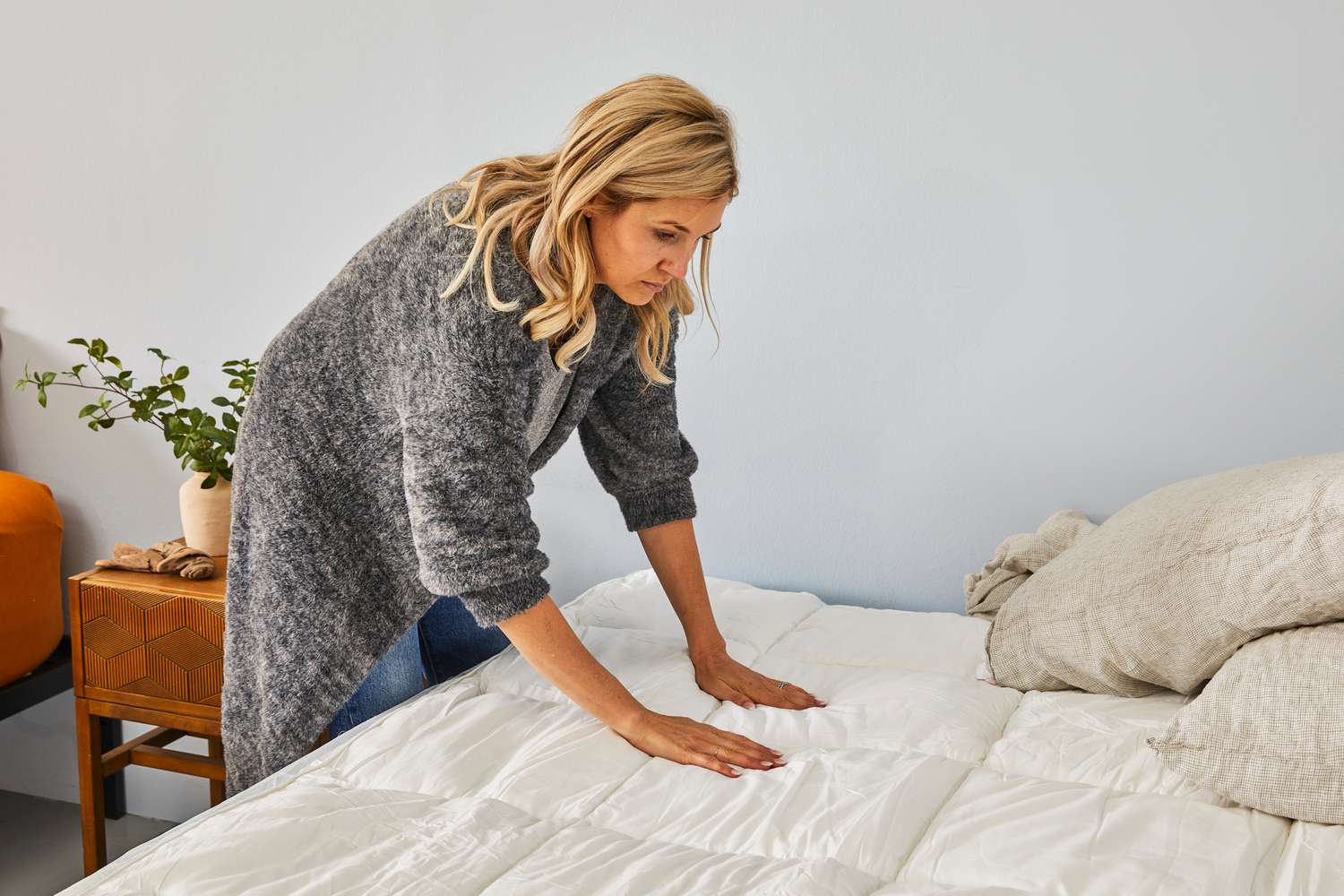
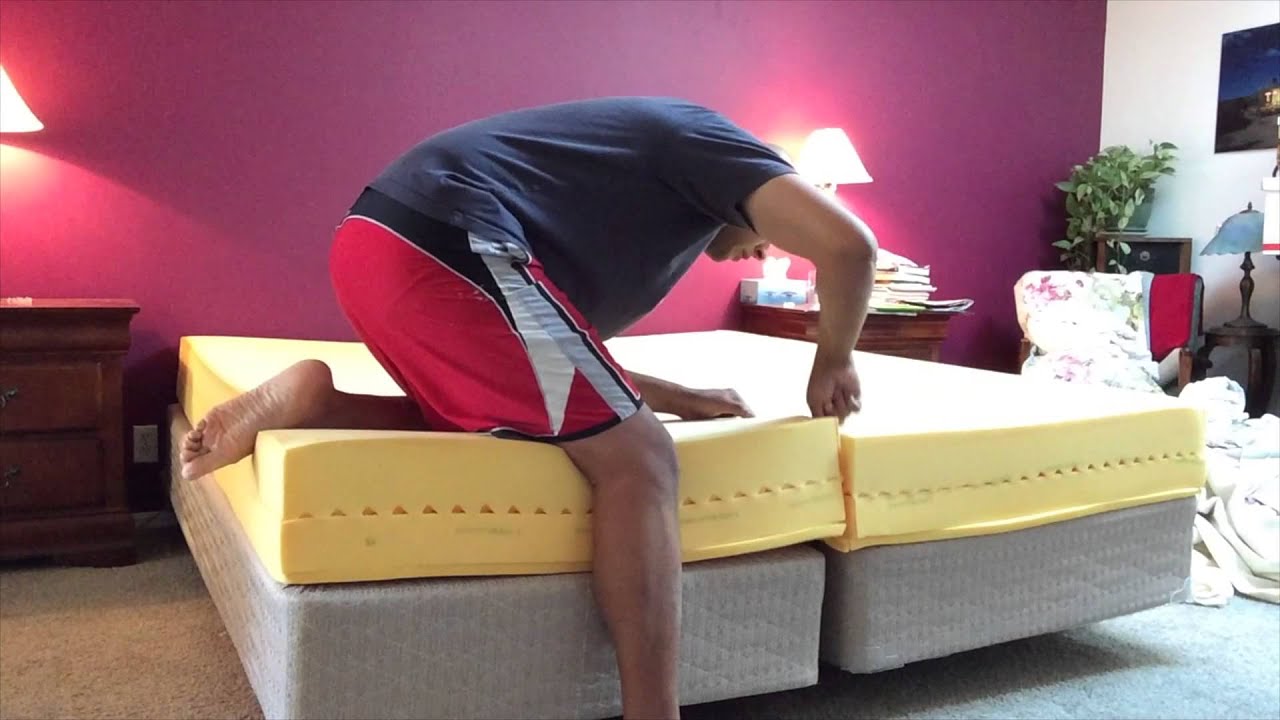

0 thoughts on “Can You Wash Memory Foam? 3 Expert Rules On Cleaning Foam”